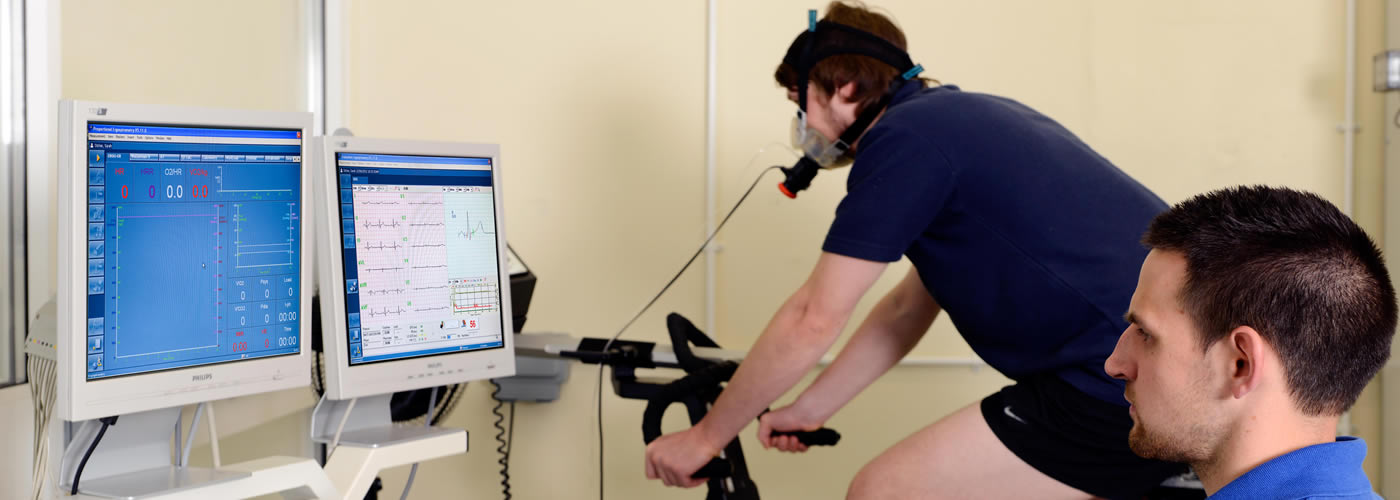Perceived Environmental Supportiveness Scale (PESS)
 According
to self-determination theory, optimal motivation and well-being are fostered by the nurturance of the three basic psychological needs for autonomy, competence and relatedness. SDT posits three aspects to a motivationally supportive social environment that correspond to the three needs: autonomy support, structure and involvement. In autonomy supportive environments, pressure is minimised and individuals are encouraged to to engage in behaviours for their own reasons and in line with their personal goals and values. Structure is concerned with helping individuals to have clear and realistic expectations, to believe that they are capable of success, and with the provision of positive informational feedback. Involvement concerns the extent to which individuals feel that significant others are genuinely invested in them and their well-being.
According
to self-determination theory, optimal motivation and well-being are fostered by the nurturance of the three basic psychological needs for autonomy, competence and relatedness. SDT posits three aspects to a motivationally supportive social environment that correspond to the three needs: autonomy support, structure and involvement. In autonomy supportive environments, pressure is minimised and individuals are encouraged to to engage in behaviours for their own reasons and in line with their personal goals and values. Structure is concerned with helping individuals to have clear and realistic expectations, to believe that they are capable of success, and with the provision of positive informational feedback. Involvement concerns the extent to which individuals feel that significant others are genuinely invested in them and their well-being.
Markland and Tobin (2010) developed the Perceived Environmental Supportiveness Scale (PESS) to assess perceptions of need support provided by exercise practicioners to exercise referral scheme clients. The measure has been adapted to assess need support in other contexts, including exercise classes (Edmunds, Ntoumanis & Duda, 2007) and need support provided by sport coaches (Pope & Wilson, 2012).
PESS
Scoring and psychometrics
The three dimensions of need support (autonomy support, structure and involvement) are closely inter-related and SDT research has typically adopted a unidimensional approach to their measurement, assessing a global construct usually labelled 'autonomy support' such as in the widely used Health Care Climate Questionnaire (Williams, Grow, Freedman, Ryan, & Deci, 1996) and its derivatives. The PESS was designed to explicitly assess the three dimensions of support and comprises 15 items with five items assessing each of the three dimensions. Confirmatory factor analyses in our lab (unpublished) have shown a three factor model to fit better than a single factor model. However, the factors are highly correlated, displaying a lack of discriminant validity, and Markland and Tobin (2010) found that a principle components analysis yielded a single factor with loadings ranging from .64 to .93 and an internal consistency coefficient for all 15 items of .97. Thus we have adopted a unidimensional approach in the use of the PESS. To score the measure in this way simply calculate mean scores for the 15 items. The table below shows the breakdown of items by the three dimensions, should researchers prefer to adopt a multidimensional approach and keep them separate.
Items
Autonomy Support
Items |
||||||
Autonomy Support |
1 | 4 | 7 | 10 | 13 | |
| Structure | 2 | 5 | 8 | 11 | 14 | |
| Involvement | 3 | 6 | 9 | 12 | 15 | |
References
Edmunds, J, Ntoumanis, N, & Duda, J.L. (2007). Testing a self-determination theory-based teaching style intervention in the exercise domain. European Journal of Social Psychology, 37, 1-14.
Markland, D. & Tobin, V.J. (2010). Need support and behavioural regulations for exercise among exercise referral scheme clients: The mediating role of psychological need satisfaction. Psychology of Sport and Exercise, 11, 91-99. full text (pdf) For personal use only
Pope, J.P. & Wilson, P.M. (2012). Understanding motivational processes in university rugby players: A preliminary test of the hierarchical model of intrinsic and extrinsic motivation at the contextual level. International Journal of Sports Science and Coaching, 7, 89-108.
Williams, G.C., Grow, V.M., Freedman, Z.R., Ryan, R.M., & Deci. E.L.(1996). Motivational predictors of weight loss and weight-loss maintenance. Journal of Personality and Social Psychology, 70, 115-126.
